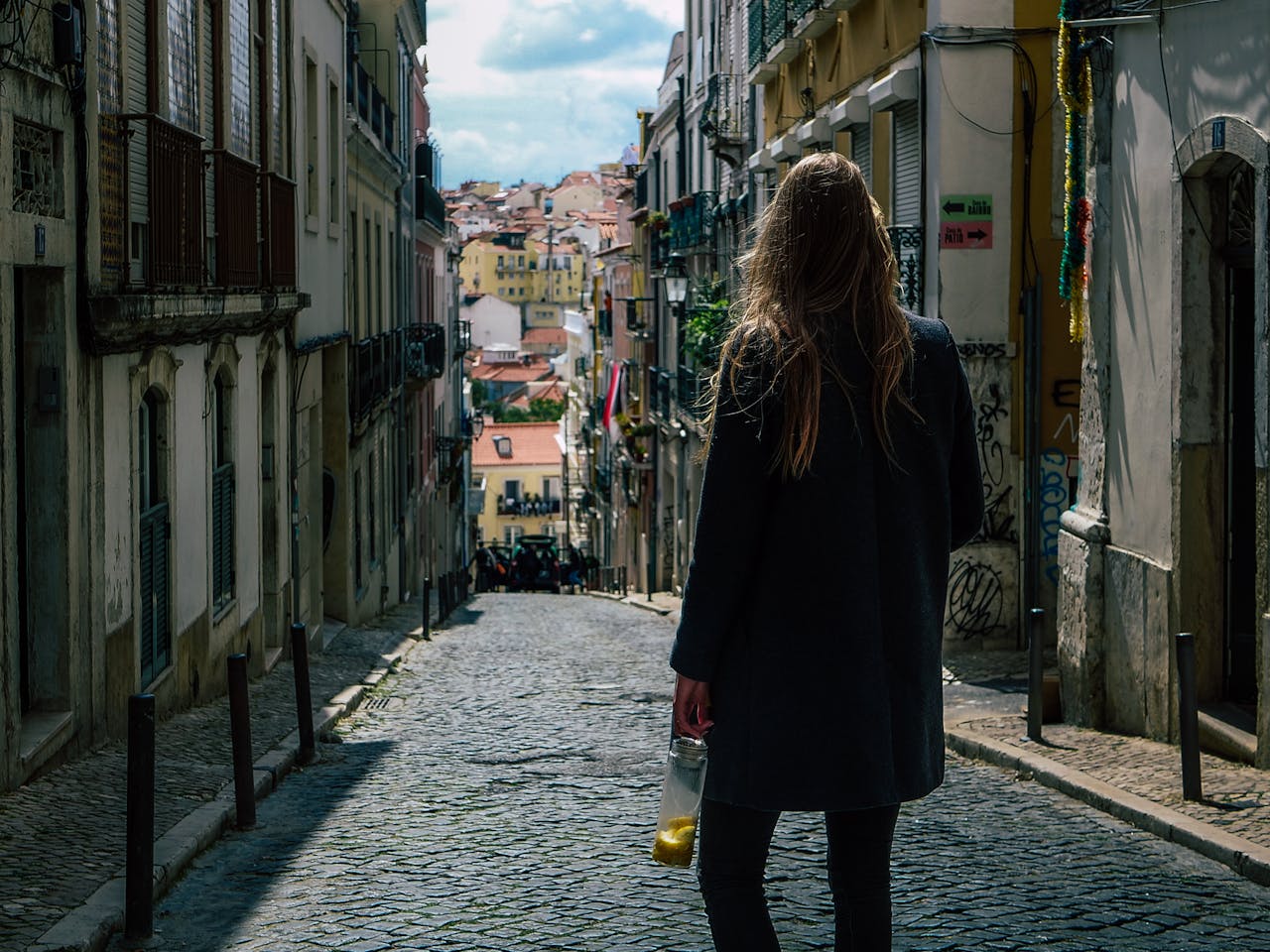In a world obsessed with doing more in less time, travel has started to feel like a race. However, lately, more people are pressing pause. The slow travel movement is gaining momentum, inviting you to step away from jam-packed itineraries and rediscover the joy of moving through your destination at a gentler pace. Rather than planning to do and see everything, slow travel focuses on experiencing what’s right in front of you.
What Is Slow Travel?
Slow travel isn’t about how many days your trip lasts, but rather about how you choose to spend them. Instead of racing through cities and snapping a photo at every famous landmark, slow travel encourages you to stay longer, explore more and focus on connection rather than consumption.
This movement has evolved from the philosophy of prioritizing quality over quantity. Slow travel emphasizes cultural immersion, sustainability and respect for the communities you visit. It’s a way of moving through the world intentionally, rather than with urgency.
Why Go Slow?
Fast travel often emphasizes efficiency, getting from one landmark to the next as quickly as possible. That constant motion can wear you down. Slow travel offers the opportunity to be fully present.
Sustainability is a huge part of why people have shifted their habits. Today, approximately 80% of global travelers say they value sustainable tourism. Slowing down, taking fewer flights, staying longer and supporting local economies are among the most effective ways to make that happen. Here are some of the biggest benefits of going slow:
- Reduced environmental impact: Fewer flights and more ground transport mean less carbon emissions.
- Stronger local connections: Spending more time in one place allows you to form genuine relationships with locals.
- Deeper cultural understanding: Immersing yourself in daily life teaches you more than a whirlwind itinerary ever could.
- Less stress and fatigue: You’re not constantly packing, rushing or trying to stick to a rigid schedule.
- More memorable experiences: Slower travel leaves room for the small, spontaneous moments that make a trip unforgettable.
When you stay in one place long enough to notice local life, travel starts to feel more like living than escaping. You wake up without an alarm, wander to a neighborhood café and feel connected to where you are, rather than just passing through. This kind of vacation is better for your mental health and it’s more sustainable.
How to Practice Slow Travel
Slow travel looks different for everyone. What matters most is being intentional with how you move, where you stay and how you connect with the places you visit. Here are a few ways to embrace it on your next trip.
Stay Longer in One Destination
Instead of hopping between multiple cities or countries, pick one area and dive deep. Staying longer lets you build a routine, discover hidden corners and understand the local culture beyond the surface. It also means fewer travel days, less packing and unpacking, and a smaller environmental footprint. Many travelers find a week in one town feels far richer than bouncing across five.
Choose Ground Transportation
Trains, buses and ferries allow you to see more of the landscape and reduce your carbon emissions compared to air travel. In Europe and parts of Asia, rail networks are incredibly efficient and scenic. Overland travel also encourages serendipity, as you might discover an interesting stopover and meet locals along the way.
Rent a Van
If you want flexibility, without the environmental cost of multiple flights, renting a van is an excellent option. Van travel gives you complete freedom to explore on your own terms. You can linger longer in places you love, take detours to scenic routes and sleep under the stars.
Modern campervans are often sustainable, featuring solar panels, efficient energy use and minimal waste setups. This approach allows you to experience the open road, while maintaining a lighter footprint and avoiding the rigid schedules associated with traditional tourism.
Walk, Bike or Use Public Transport
One of the simplest ways to slow down is to move at street level. Walking or cycling connects you to a destination in a way cars never can. You’ll notice architecture, smell local food and hear snippets of conversation. In cities, public transport reduces emissions and offers a glimpse into everyday life. You get to see the city through the eyes of those who live there.
Support Local Economies
Choosing family-run accommodations, local markets and independent restaurants helps money stay within the community. It also creates more authentic interactions. Instead of another generic meal, you might be invited to someone’s kitchen or learn a recipe passed down for generations. These are the experiences that stick with you long after you return home.
Engage in Meaningful Activities
Skip the overcrowded tourist attractions and look for experiences that enrich you. Take a cooking class using local ingredients, join a guided nature walk, volunteer for a beach cleanup or attend a community event. These activities deepen your understanding and appreciation of the place while ensuring your travel dollars contribute positively.
The Payoff of Going Slow
Slow travel is about connection to the planet, the people and yourself. It asks you to vacation with purpose and to value the experience over the itinerary. When you move through the world more slowly, you see more, feel more and leave less behind.
Source link
Jane Marsh biofriendlyplanet.com


